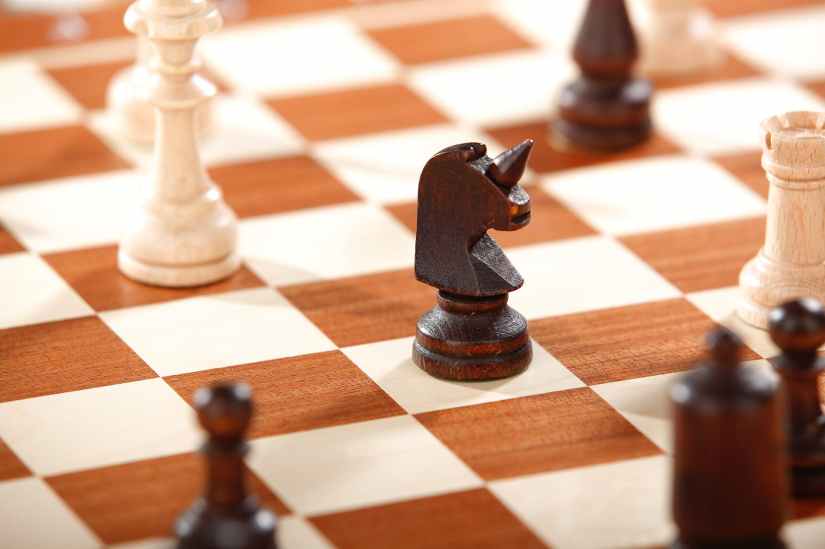
Submission by Dr Jenny Barnett and Dr Joe Hardwick
When Dr Jenny Barnett started to research the history of the unicorn for her doctoral thesis it was unlikely she could have predicted the public’s interest in her work would have taken off as much as it has. A resurgence in the public’s fascination in the mythical unicorn has seen Dr Barnett’s expertise being called upon numerous times to provide a glimpse into the mysterious history of this fantastic creature. Just last year, she was interviewed by Paul McIntyre for ABC Radio Hobart, and more recently wrote an explainer article for the academic news website The Conversation.
Dr Barnett’s 2010 thesis explored Maurice Scève’s Délie, objet de plus haute vertu, a French book of emblems and poetry written in 1544 , and examines Scève’s use of woodcut images as a compliment to his textual explorations of the “dangerous” and “fatal” acts of seeing. Scève uses figures such as the unicorn to reinterpret myths and legends to show that “the act of seeing is always pervaded by fear, deception and death”. Barnett notes that the “[s]cenes of sight and mirrored reflection in the woodcut images tell us more about the gaze than the ‘literary images’ in the text alone”.

Dr Barnett’s piece in The Conversation entitled Explainer: from bloodthirsty beast to saccharine symbol – the history and origins of the unicorn is a short and very accessible article which beautifully summarises the rich and complicated history of unicorn that her thesis addresses. Barnett describes the unicorn’s early beginnings as a one-horned creature described by the Greeks and Romans, through to its appearance in the moralised beast tales of Medieval times. She also notes the perhaps surprising inclusion of the unicorn figure in Judeo-Christian tradition and the Christian Bible, before moving on to more contemporary uses of this mythical equine.

Barnett explores the varied contemporary usages of the word which “can refer to a privately held start-up company valued at over US$1 billion, a single female interested in meeting other couples, or the characters in My Little Pony“. She also notes that in “secular contemporary culture it has [also] become an LGBTI+ icon” symbolising hope.
As Dr Barnett notes, the term “unicorn” has seen a sharp spike in usage, so much so that searches for term reached an all time high on Google in April 2017. Spurred on by the likes of visually-based social media platforms such as Instagram, the internet has an insatiable appetite for rainbow-coloured, glitter infused, sacchirine sweet imagery that has become associated with unicorns. From shoes to shirts, and layer cakes to lattes, there is seemingly no end to the things which have been christened with the prefix of “unicorn”.
While the unicorn may symbolise an ideal or magical fantasy, this “uncatchable” creature has conversely captured the imaginations of many the world over. And it is for this reason, that as The Guardian has stated, the “unicorn has become the emblem for our times“.
Dr Jenny Barnett’s Conversation article “Explainer: from bloodthirsty beast to saccharine symbol – the history and origins of the unicorn” is available to read in full here: https://theconversation.com/explainer-from-bloodthirsty-beast-to-saccharine-symbol-the-history-and-origins-of-the-unicorn-120760

